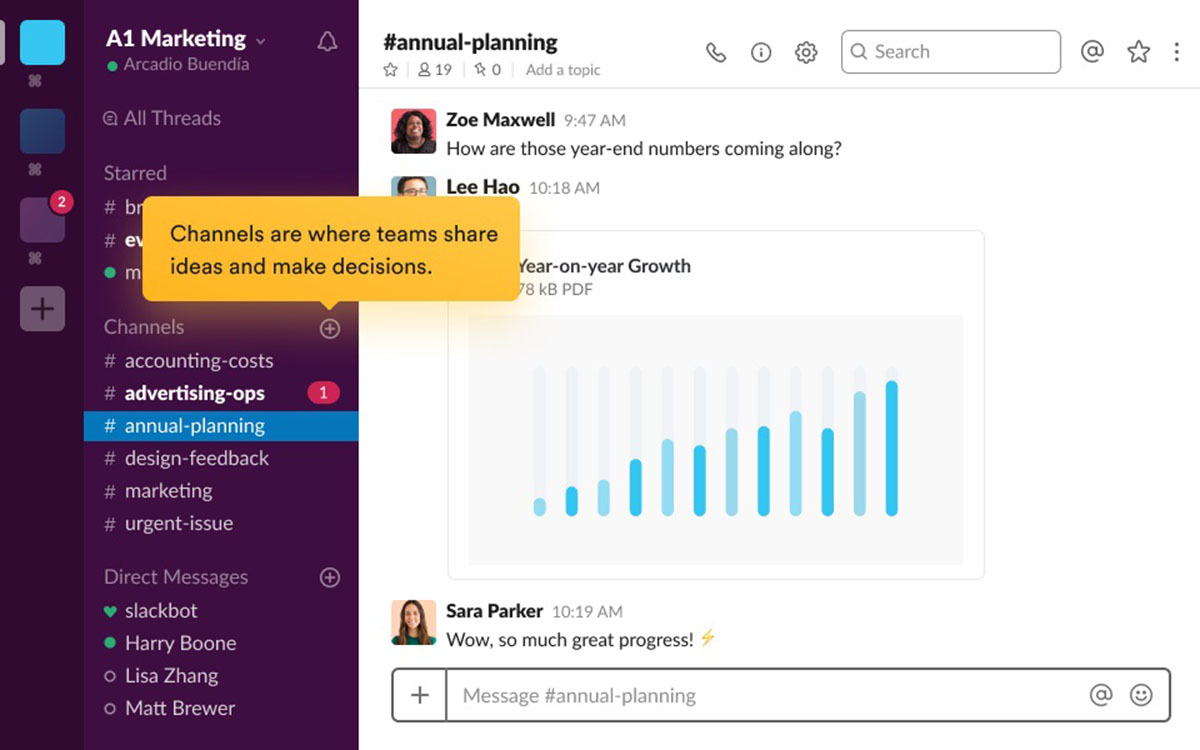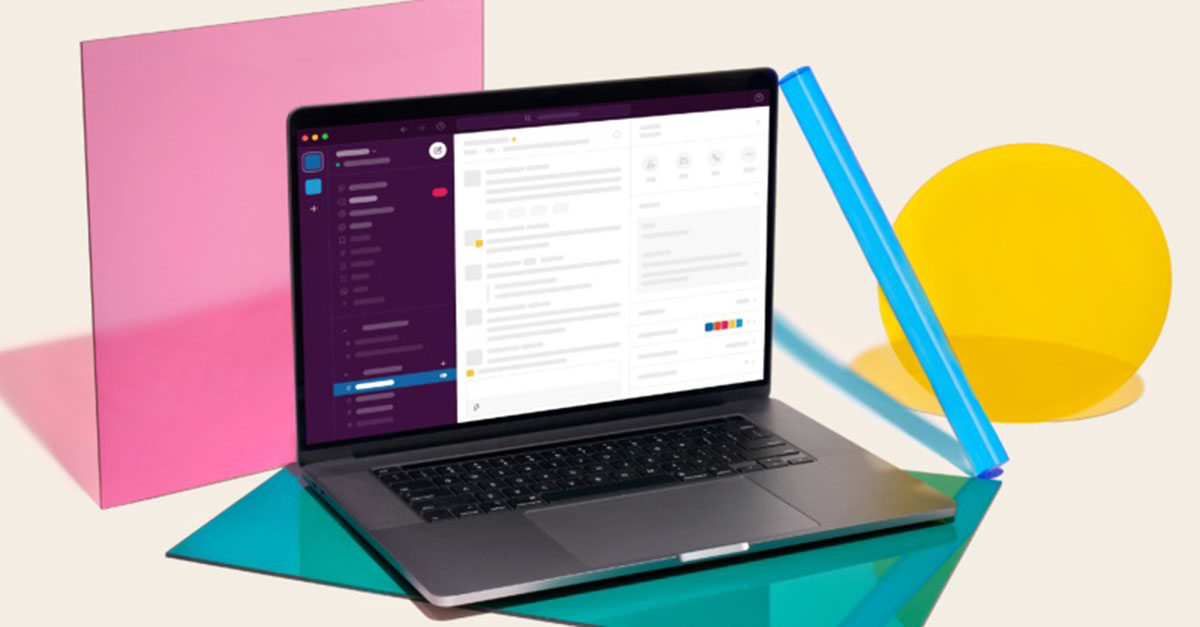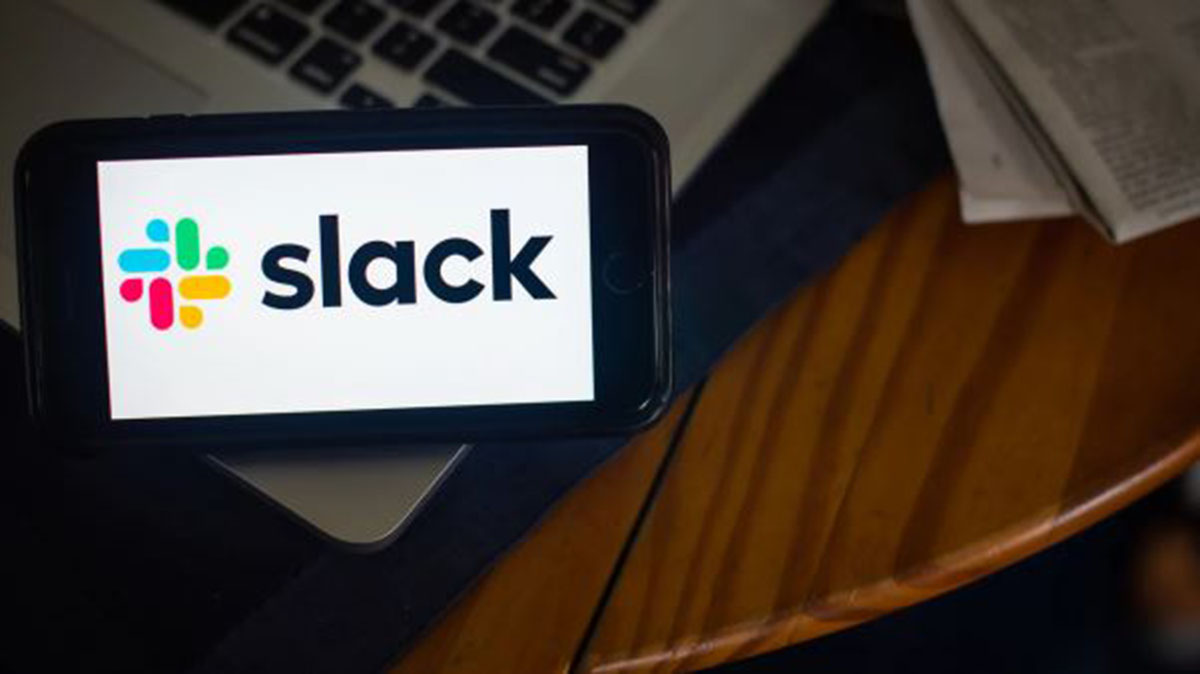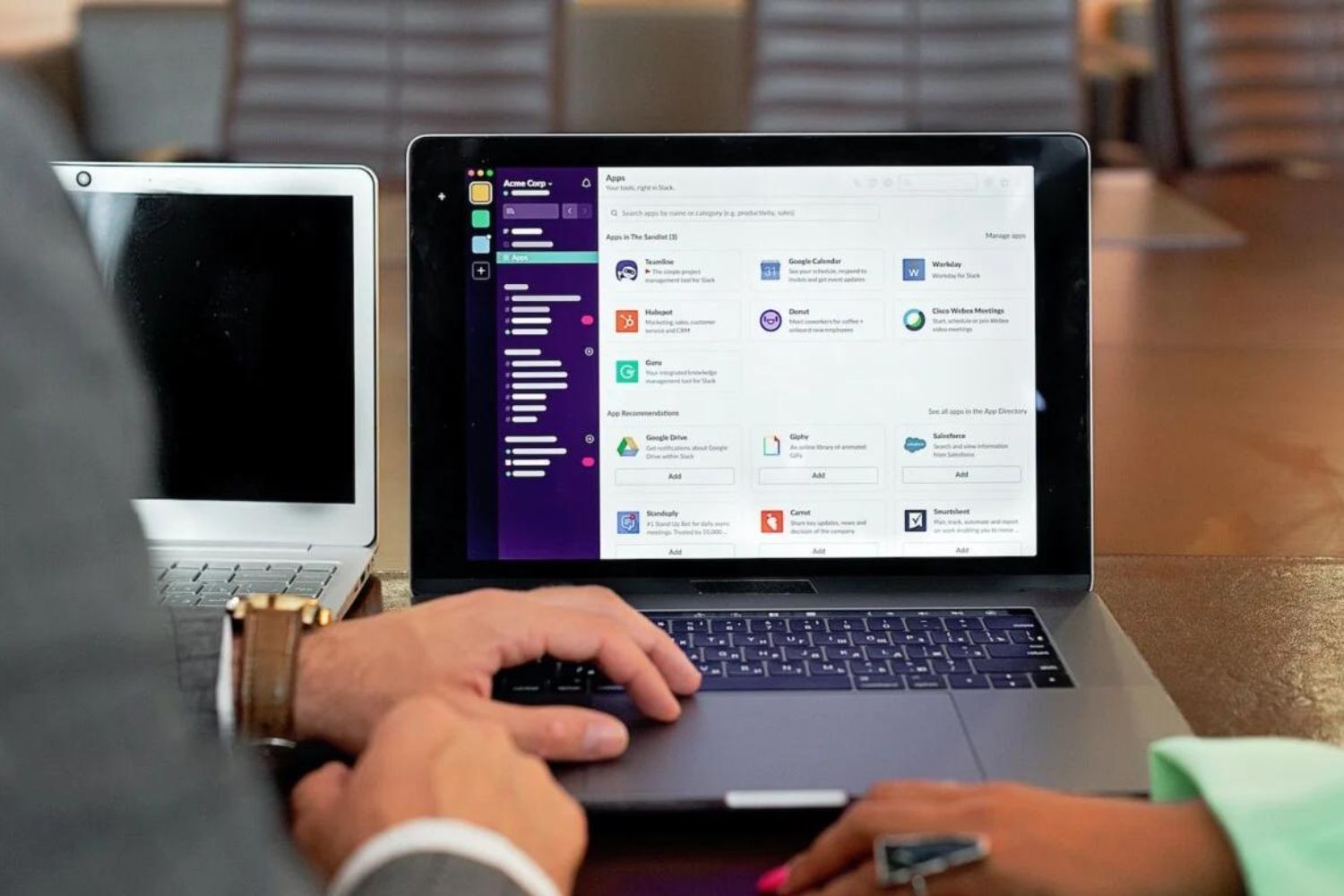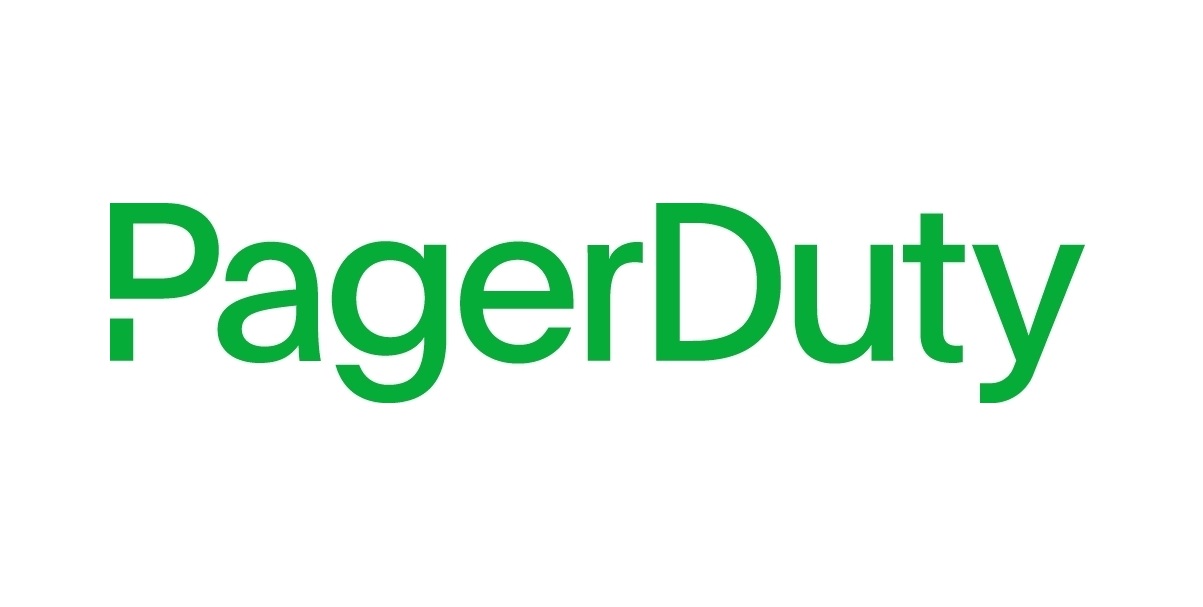Introduction
Welcome to the world of Slack bots! In today’s fast-paced digital era, businesses are constantly looking for innovative tools to improve communication and streamline workflows. One such tool that has gained significant popularity is the Slack bot. Designed to enhance collaboration and automate tasks, Slack bots have revolutionized the way teams communicate and work together.
Slack, a leading communication platform, provides a range of features that enable teams to collaborate effectively. One of the standout features is the ability to integrate bots into Slack channels, adding an extra layer of productivity and efficiency to team communication. But what exactly is a Slack bot?
A Slack bot is essentially a piece of software that can perform automated tasks and interact with users within the Slack platform. These bots can be developed to handle a variety of functions, from simple tasks like sending notifications and reminders, to more complex tasks like data analysis and project management. Their capabilities are limited only by the imagination of the developers.
So, why should businesses consider using Slack bots? The benefits are plentiful. First and foremost, Slack bots improve workflow efficiency by automating repetitive tasks. This frees up valuable time for team members to focus on more important and strategic activities. Additionally, Slack bots can enhance team collaboration by facilitating real-time communication and ensuring that important messages and updates are not missed.
Furthermore, Slack bots can integrate with other third-party tools and services, allowing for seamless information sharing and streamlining of workflows. This level of integration enhances productivity and minimizes the need to switch between different platforms or applications.
Another advantage of using Slack bots is their versatility. They can be customized to suit the specific needs of a business or team. Whether it’s managing project milestones, generating reports, or providing customer support, Slack bots can be tailored to automate processes and provide valuable insights.
Now that we’ve explored the benefits, let’s dive into some examples of how Slack bots are being utilized by businesses and teams around the world.
Definition of Slack Bot
A Slack bot is a computer program designed to automate tasks, provide information, and facilitate communication within the Slack messaging platform. It acts as a virtual assistant, capable of responding to commands, generating notifications, and interacting with users in a conversational manner.
Slack bots can be built using various programming languages and frameworks, including JavaScript, Python, and Ruby. They leverage the Slack API, which provides a set of tools and interfaces for developers to create and integrate their bots into Slack channels.
Through the use of bots, teams can automate repetitive tasks, such as sending reminders, scheduling meetings, and managing notifications. Bots can also retrieve and display information from external systems, such as databases or APIs, allowing team members to access data without leaving the Slack platform.
Slack bots can be categorized into two types: incoming and outgoing bots. Incoming bots are designed to listen for specific events or triggers within Slack channels and respond accordingly. For example, a bot could be programmed to send a notification whenever a new task is assigned to a team member. Outgoing bots, on the other hand, proactively initiate interactions and provide information to users. They can be used to perform searches, fetch data, or even initiate actions in external systems.
One of the defining features of Slack bots is their ability to engage in natural language conversations. This means that users can interact with bots using plain, conversational language rather than relying on specific commands or syntax. Bots can understand and interpret user queries, provide relevant responses, and even ask follow-up questions to gather additional information.
Slack bots can also be integrated with other tools and services, allowing for seamless cross-platform communication and data sharing. This enables teams to consolidate information from different sources and centralize their workflows within the Slack platform.
In summary, a Slack bot is a powerful tool that enhances collaboration, automates tasks, and provides valuable information within the Slack messaging platform. Its ability to understand natural language and integrate with other systems makes it an indispensable asset for modern teams and businesses.
Benefits of Using Slack Bot
Using Slack bots offers a wide range of benefits for teams and businesses. Let’s explore some of the key advantages:
1. Automation of repetitive tasks: One of the primary benefits of Slack bots is their ability to automate repetitive and time-consuming tasks. Bots can handle routine activities such as sending notifications, managing schedules, and tracking project milestones. By automating these tasks, teams can save valuable time and focus on more important and strategic activities.
2. Enhanced team collaboration: Slack bots facilitate real-time communication and collaboration within teams. They can notify team members about important updates, remind them of upcoming deadlines, and even facilitate discussions and brainstorming sessions. Bots ensure that relevant information is shared promptly and that team members stay on the same page, regardless of their geographical location.
3. Increased productivity: By automating tasks and streamlining workflows, Slack bots help teams become more productive. Bots can fetch and display information from external systems, eliminating the need for team members to switch between different applications or platforms. This seamless integration enhances productivity and reduces the risk of information getting lost or overlooked.
4. Customizable and extensible: Slack bots can be customized and tailored to meet the specific needs of a team or business. Developers can create bots that align with the organization’s workflows and processes. Whether it’s generating reports, providing customer support, or tracking sales metrics, bots can be programmed to automate processes and provide valuable insights.
5. Integration with third-party tools: Slack bots can integrate with other tools and services, making it easy to access information and collaborate across different platforms. Bots can interact with APIs, databases, project management tools, and more, allowing for seamless data sharing and enhancing the overall workflow efficiency.
6. Improved decision-making: Slack bots can provide valuable insights and data to support decision-making processes. They can analyze data, generate reports, and even offer predictive analytics. This empowers teams to make informed decisions based on real-time information and trends.
7. Round-the-clock availability: Slack bots are available 24/7, providing support and assistance at any time. This is particularly useful for globally distributed teams working in different time zones. Bots can handle queries, provide information, and perform tasks even when team members are offline or unavailable.
These are just some of the many benefits of using Slack bots. With their automation capabilities, seamless integration, and ability to enhance team collaboration, it’s no wonder that more and more businesses are embracing the power of Slack bots to boost their productivity and efficiency.
Examples of Slack Bot
Slack bots have gained popularity across various industries and are being used in numerous creative ways. Let’s explore some real-world examples of Slack bots:
1. Task Management: Many teams use Slack bots to manage their tasks and projects efficiently. For example, Trello’s Slack bot allows users to create, assign, and track tasks directly within Slack channels. It provides notifications and updates on task progress, ensuring that everyone stays informed and on top of their responsibilities.
2. Automated Reminders: Slack bots can be used to send automated reminders and notifications to team members. For instance, Standuply is a popular bot that facilitates the daily standup meetings. It prompts team members to provide their progress updates and collates the responses into a digestible format, allowing for a quick overview of the team’s activities.
3. Customer Support: Businesses can leverage Slack bots to enhance their customer support capabilities. Chatlio is a bot that integrates live chat functionality into Slack. It enables businesses to interact with customers in real-time, answer their queries, and provide support directly within the Slack platform.
4. Real-time Analytics: Slack bots can provide real-time analytics and data insights to help teams make informed decisions. For instance, Statsbot integrates with analytics tools like Google Analytics and provides automated updates on website traffic, user behavior, conversions, and more. This allows teams to monitor their performance and adjust their strategies accordingly.
5. Workflow Automation: Slack bots can automate various workflow processes to improve efficiency. For example, Polly is a bot that enables teams to easily conduct polls and surveys within Slack channels. It simplifies the process of gathering feedback and opinions, eliminating the need for manual data collection and analysis.
6. News and Updates: Slack bots can deliver personalized news and updates to team members. Feeldr bot, for instance, allows users to subscribe to specific news categories and receive relevant articles directly within Slack. This keeps team members informed and up-to-date without the need to navigate through different news websites.
7. Onboarding and Training: Slack bots can assist in onboarding new employees and facilitating training. Learnbot is a popular bot that provides interactive tutorials and quizzes to help users learn new skills. It can deliver training modules and track progress, making employee onboarding and development more efficient and engaging.
These are just a few examples of how Slack bots are being used in various industries. The flexibility and versatility of Slack bots allow teams and businesses to customize their functionality and leverage them in ways that best suit their specific needs.
Creating and Setting Up a Slack Bot
Creating and setting up a Slack bot is a straightforward process that requires a few key steps. Let’s walk through the process:
1. Create a new Slack app: Start by creating a new app in the Slack Developer Dashboard. Provide a name and select the workspace where you want to deploy the bot.
2. Enable bot functionality: Once the app is created, enable the bot functionality within the app settings. This creates a unique bot token that will be used to authenticate the bot’s interactions with the Slack platform.
3. Customize bot behavior: Determine the functionality and behavior you want your bot to have. This can include tasks such as sending notifications, responding to specific commands, or integrating with external services. Use the Slack API documentation to explore the available options and features.
4. Implement the bot logic: Develop the logic and functionality of your bot using your preferred programming language and framework. Slack provides software development kits (SDKs) and libraries for popular languages like JavaScript, Python, and Ruby, making it easier to integrate with the Slack API.
5. Authenticate your bot: Use the bot token generated earlier to authenticate your bot’s interactions with the Slack platform. This ensures that the bot has the necessary permissions to perform the desired tasks and access the required channels.
6. Deploy your bot: Once the bot logic is implemented and authenticated, deploy the bot to your desired hosting platform or server. This allows the bot to run continuously and respond to events and commands within the Slack platform.
7. Test your bot: Test the functionality of your bot by interacting with it in a Slack channel. Ensure that it responds correctly to commands, performs the expected tasks, and integrates smoothly with other tools or services.
8. Iterate and improve: Monitor the performance of your bot and gather user feedback. Continuously iterate and improve the bot’s functionality based on user needs and suggestions. This will ensure that the bot remains effective and valuable to your team or business.
Remember to adhere to Slack’s guidelines for bot development and usage. Respect user privacy, handle data securely, and provide clear instructions on how users can interact with your bot.
With these steps, you can create and set up a powerful Slack bot that automates tasks, improves collaboration, and enhances team productivity and efficiency.
Best Practices for Using Slack Bot
When using a Slack bot, it’s essential to follow best practices to maximize its effectiveness and ensure a seamless user experience. Here are some key best practices to keep in mind:
1. Clearly define the bot’s purpose: Before developing a Slack bot, clearly define its purpose and functionality. Understand the specific tasks it will automate or assist with, and ensure that it aligns with the needs of your team or business. This clarity will help in designing and implementing the bot effectively.
2. Use intuitive commands and responses: Design your bot to understand and respond to intuitive commands. This simplifies the user experience and eliminates confusion. Provide clear instructions on how to interact with the bot and ensure that its responses are concise and easy to understand.
3. Consider conversation flow: When designing a conversation flow, think about the context and the sequence of interactions. Make the bot’s responses logical and provide options or suggestions that guide users to the desired outcome. Continuously refine and improve the conversation flow based on user feedback.
4. Implement error handling: Anticipate and handle errors gracefully. Ensure that your bot can handle unexpected inputs, provide informative error messages, and offer suggestions or alternative actions to users. Robust error handling enhances the user experience and prevents frustration.
5. Regularly update and maintain the bot: Keep your bot up to date with the latest versions of libraries, frameworks, and APIs it relies on. Regularly review and refine its functionality based on user feedback and changing requirements. Schedule routine maintenance to address any issues or bugs that may arise.
6. Respect user privacy and data: Ensure that your bot handles user information and data with the utmost care. Comply with privacy regulations and make it clear to users how their data will be used. Implement secure data transmission and storage practices to protect user privacy and maintain data confidentiality.
7. Test thoroughly: Before deploying your bot, thoroughly test its functionality and interactions. Test different scenarios, edge cases, and user inputs to identify and address any issues or bugs. Conduct user acceptance testing to gather feedback and make improvements based on real-world usage.
8. Provide documentation and support: Document the functionality, commands, and features of your bot. Create a detailed user guide or documentation that helps users understand how to use the bot effectively. Offer responsive support channels, such as a dedicated Slack channel or email, where users can seek assistance or report issues.
9. Encourage user feedback: Actively seek and welcome user feedback. Regularly collect feedback on the bot’s functionality, ease of use, and effectiveness. Use this feedback to make iterative improvements and enhance the bot’s performance.
By following these best practices, you can ensure that your Slack bot delivers value, enhances team collaboration, and provides a seamless user experience for all users.







